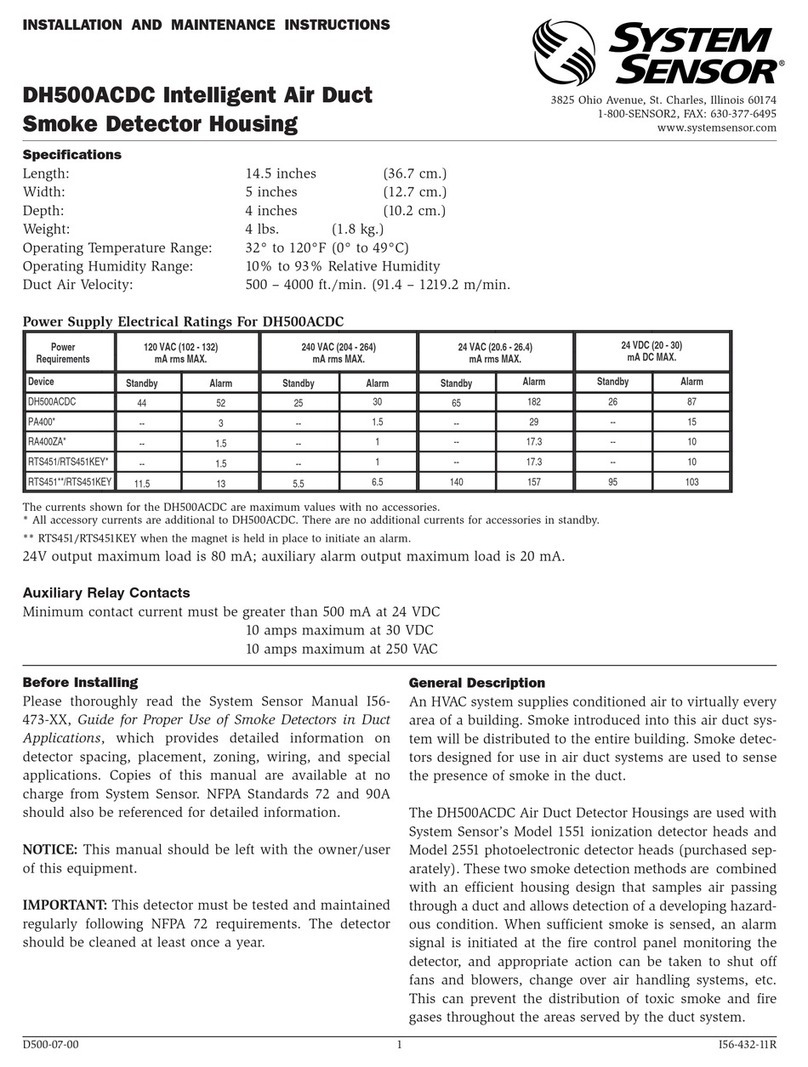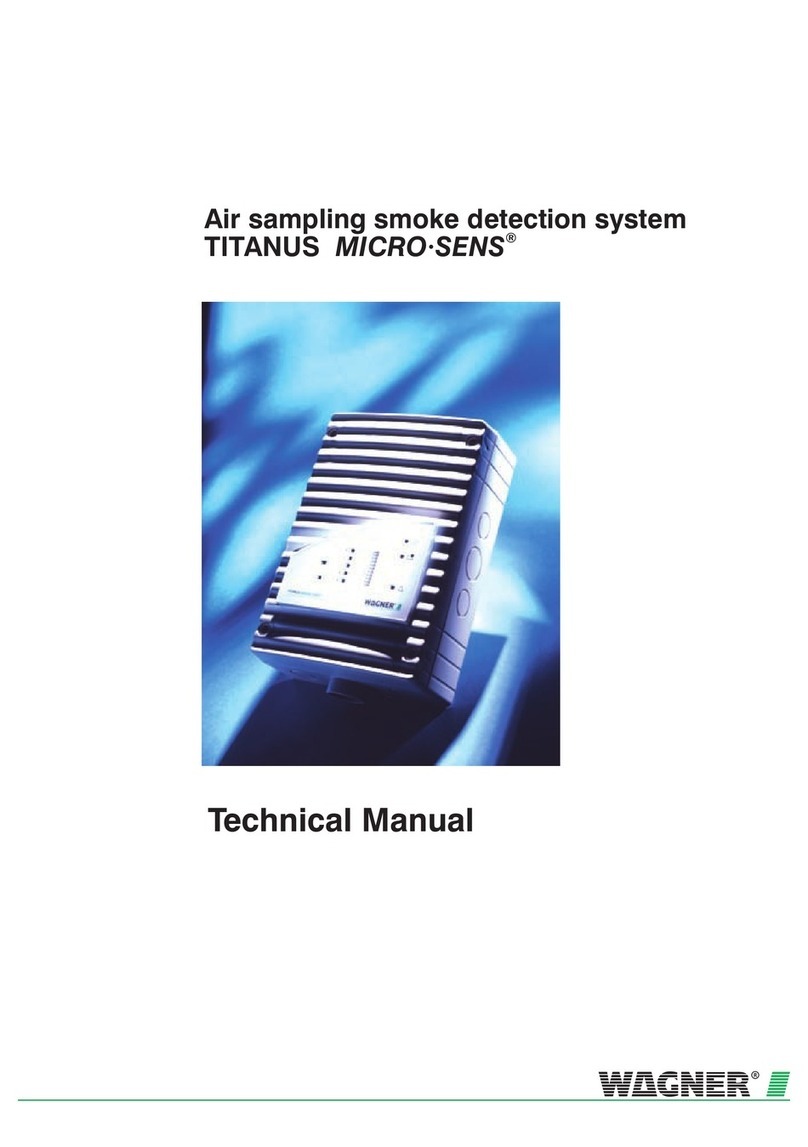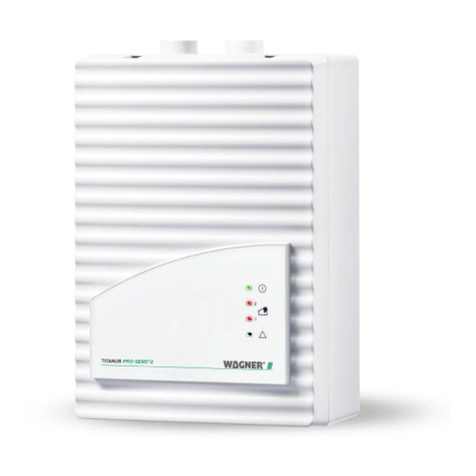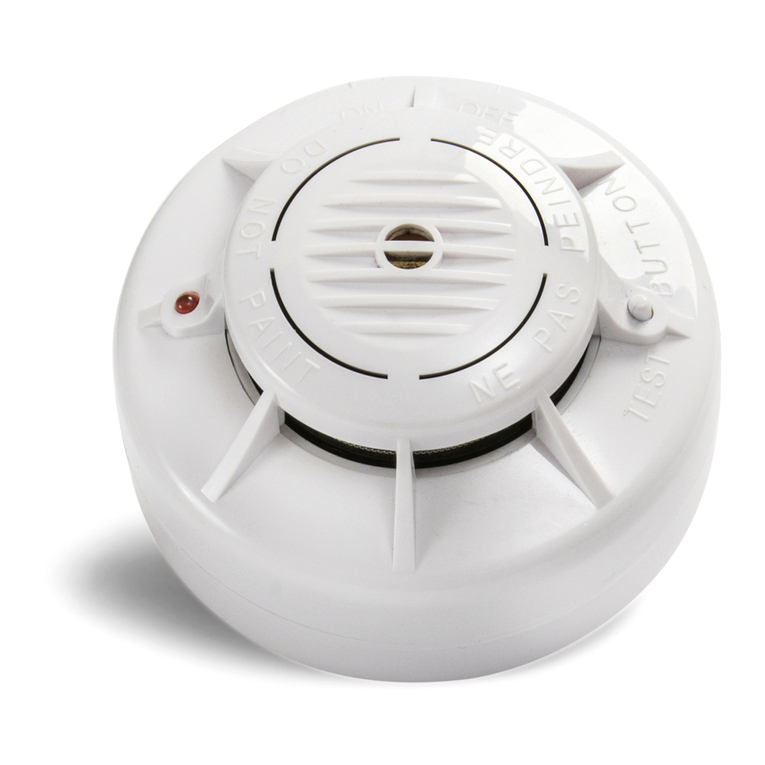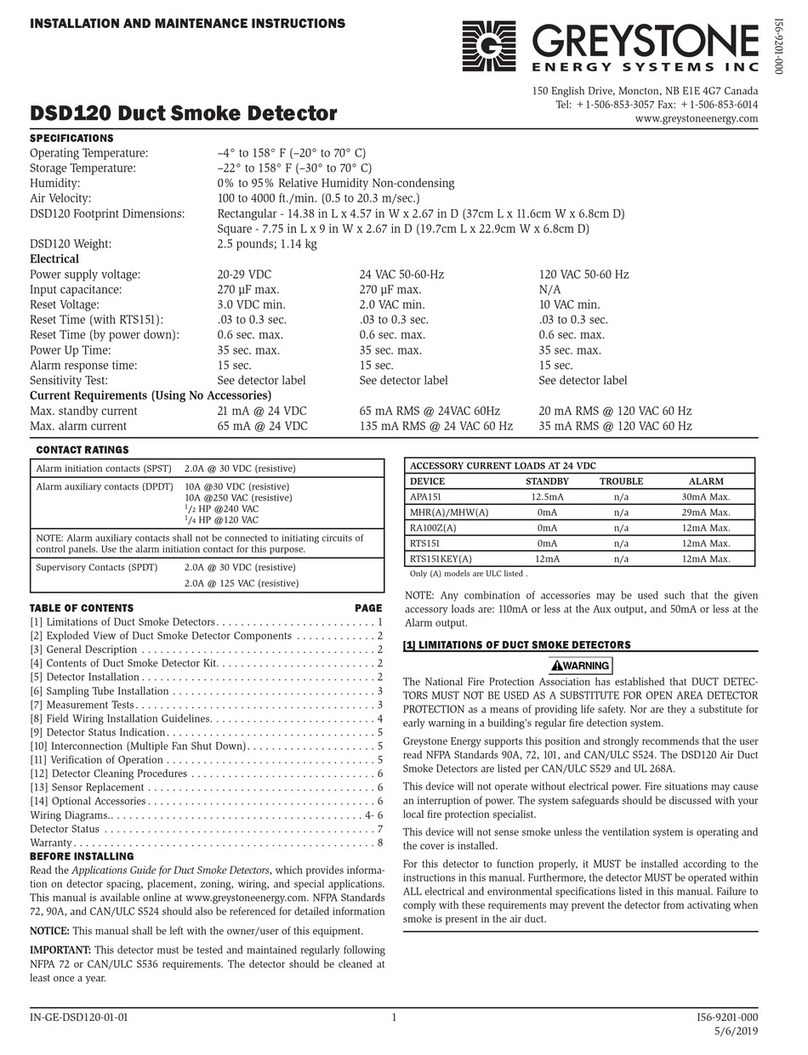
TITANUS
MICRO·SENS
®
8 06/13
6.7.2 Function switching plan, relay board RU-2 119
6.8 TITANUS
MICRO·SENS
® in the network 120
6.8.1 Installing the network module in the TITANUS
MICRO·SENS
® 120
6.8.2 Connecting the network module to the TITANUS
MICRO·SENS
® 123
6.9 Remote displays 124
6.9.1 Connecting the Remote displays to TITANUS
MICRO·SENS
® 124
6.9.2 Parallel display housing 125
6.9.3 Electrical connection 126
6.10 Reaction indicator 128
6.10.1 Addressing the reaction indicators 128
6.10.2 Connecting the reaction indicator to the TITANUS
MICRO·SENS
® 130
6.11 Inserting the detection unit in the device base unit 131
6.12 Settings 132
6.12.1 Detection Unit 132
6.12.1.1 Setting reaction sensitivity 133
6.12.1.2 Delay time for triggering the alarm 134
6.12.1.3 Threshold for air flow monitoring 134
6.12.1.4 Delay time for air flow fault 135
6.12.1.5 Action-Alarm Threshold 135
6.12.1.6 Fault display 136
6.12.1.7 Dynamic air flow 136
6.12.1.8 ROOM·IDENT 136
6.12.1.9 LOGIC·SENS 137
6.12.1.10 Fire Alarm threshold after ROOM·IDENT 137
6.12.1.11 Setting the fan voltage 137
6.12.1.12 Inputting the current air pressure 138
6.12.1.13 Inputting height above Normal Sea Level (NN) 138
6.13 Data Logging 139




